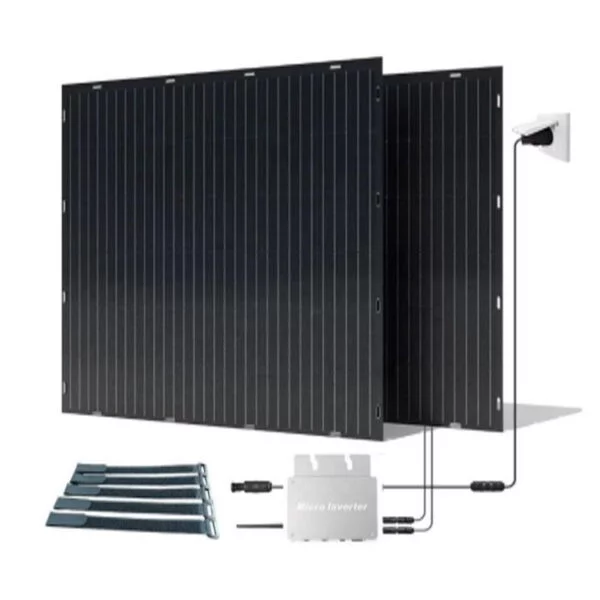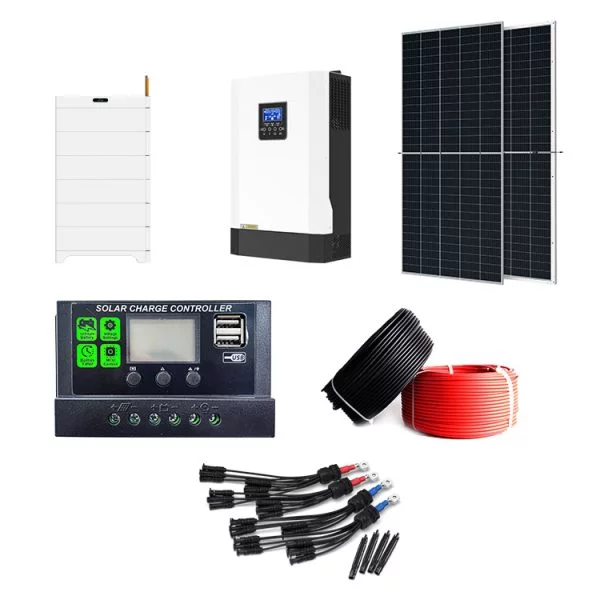HOT PRODUCT
Product Details
Powering Up With A Single Panel: Exploring The Cost Of One Solar Panel
Powering Up With A Single Panel: Exploring The Cost Of One Solar Panel
With the rising need for renewable energy sources and the growing concern for environmental sustainability, solar power has emerged as a promising option. Solar panels, in particular, have gained significant attention as a means of harnessing the sun’s energy to generate electricity. As the technology advances and becomes more affordable, many individuals and businesses are considering the installation of solar panels to meet their energy demands. However, one question that frequently arises is: How much does a single solar panel cost?
The cost of a solar panel can vary depending on various factors, including the type and quality of the panel, the power output it can generate, and the manufacturer. On average, the price per watt for solar panels falls between $2.50 and $3.50. For a single panel that can produce around 300 watts, the cost could range from $750 to $1,050.
The initial investment of installing a solar panel may seem substantial, but it is important to consider the long-term benefits. Solar panels have a lifespan of about 25 to 30 years, and they require minimal maintenance. Moreover, they can significantly reduce or even eliminate electricity bills, depending on the amount of energy consumed.
When calculating the cost of a single solar panel, it is crucial to assess the return on investment (ROI). The ROI is determined by comparing the savings from electricity bills over time with the initial cost of the panel. The payback period, which refers to the length of time it takes to recover the investment through energy savings, is also crucial.


Payback periods for solar panels can vary depending on factors such as the cost of electricity, location, and available incentives or tax credits. In general, it can take anywhere from 6 to 12 years to recoup the investment. However, it is important to note that these estimations are based on current electricity rates, which can fluctuate in the future.
The good news is that various financial incentives and government programs are available to encourage the adoption of solar panels. These incentives can significantly offset the initial cost, making solar energy even more attractive. For instance, federal tax credits can cover up to 26% of the installation cost, and some states offer additional rebates or incentives.
Additionally, solar leasing and Power Purchase Agreements (PPAs) have become popular alternatives to purchasing solar panels outright. With leasing or a PPA, homeowners and businesses can enjoy the benefits of solar energy without the upfront costs. Under these arrangements, a third-party provider installs and maintains the solar panels, and the customer pays a fixed monthly fee or a rate per kilowatt-hour for the electricity generated.
It is worth noting that the cost of solar panels has significantly decreased over the years, and this trend is expected to continue. Technological advancements, increased production capacity, and economies of scale have contributed to the declining prices. Therefore, it is advisable to stay updated on the latest market trends and consult with reputable solar installers to obtain accurate cost estimates.

In conclusion, the cost of a single solar panel can range from $750 to $1,050, depending on various factors. While this initial investment might appear substantial, the long-term benefits, such as reduced or eliminated electricity bills, make solar panels an attractive option. Considering the potential return on investment, payback periods, and available financial incentives, solar energy has the potential to provide clean, affordable, and sustainable power for years to come.




